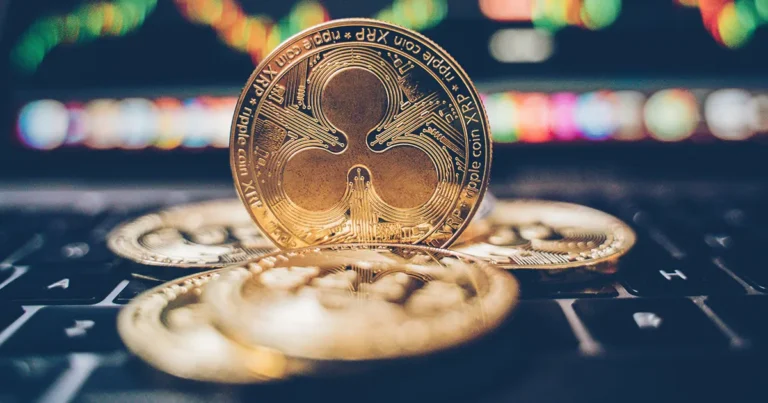15-4-2025 – Ripple has taken a momentous step forward in its quest to fuse traditional finance with the decentralised realm, as confirmed by Cassie Craddock, the company’s Managing Director for the UK and Europe. In a revelation shared through a post by prominent crypto commentator Amelie on X, Ripple has launched a euro-backed stablecoin on the XRP Ledger (XRPL), a move that cements its position as a trailblazer in Europe’s burgeoning stablecoin arena. This strategic initiative not only amplifies the practical applications of the XRPL but also signals Ripple’s unwavering commitment to pioneering financial innovation within a compliant framework.
The choice of the XRP Ledger as the bedrock for this stablecoin speaks volumes about its prowess as a blockchain tailored for efficiency and scale. Renowned for its swift transaction settlements, minimal costs, and inherent support for tokenised currencies, the XRPL provides an ideal platform for this euro-pegged asset. Equipped with a decentralised exchange, built-in compliance mechanisms, and a decade of proven resilience, the ledger ensures the stablecoin can cater seamlessly to both institutional giants and everyday users. This infrastructure paves the way for a thriving ecosystem, enabling everything from real-time foreign exchange trading to interoperable decentralised finance applications and enhanced liquidity.
🚨 BREAKING:
CASSIE CRADDOCK, RIPPLE‘S MANAGING DIRECTOR FOR THE UK & EUROPE, HAS CONFIRMED THE ISSUANCE OF A EURO-BACKED STABLECOIN ON THE #XRP LEDGER! 💶
XRP 🤝🏼 EURO pic.twitter.com/jBExcvRmJ8
— 𝓐𝓶𝓮𝓵𝓲𝓮 (@_Crypto_Barbie) April 14, 2025
Craddock’s announcement arrives at a pivotal juncture, as the European Union prepares to fully implement its Markets in Crypto-Assets (MiCA) regulation in 2024, offering a clear and unified framework for digital assets. Ripple’s proactive alignment with this regulatory shift underscores its foresight, particularly in contrast to the more contentious climate it faces across the Atlantic. With the European Central Bank exploring a digital euro, Ripple’s market-driven stablecoin emerges as a private-sector counterpart, poised to meet the rising institutional appetite for blockchain-based financial tools in the region.
The ripple effects of this development extend far beyond the stablecoin itself. As the euro-backed asset circulates on the XRPL, it is likely to invigorate network activity, expand the ledger’s versatility, and elevate demand for XRP as a linchpin connecting diverse tokenised currencies. Businesses and developers now have a native euro-denominated asset to weave into their operations—be it for cross-border commerce, payroll systems, or decentralised lending—potentially sparking a surge in adoption and fostering a dynamic on-chain economy.


